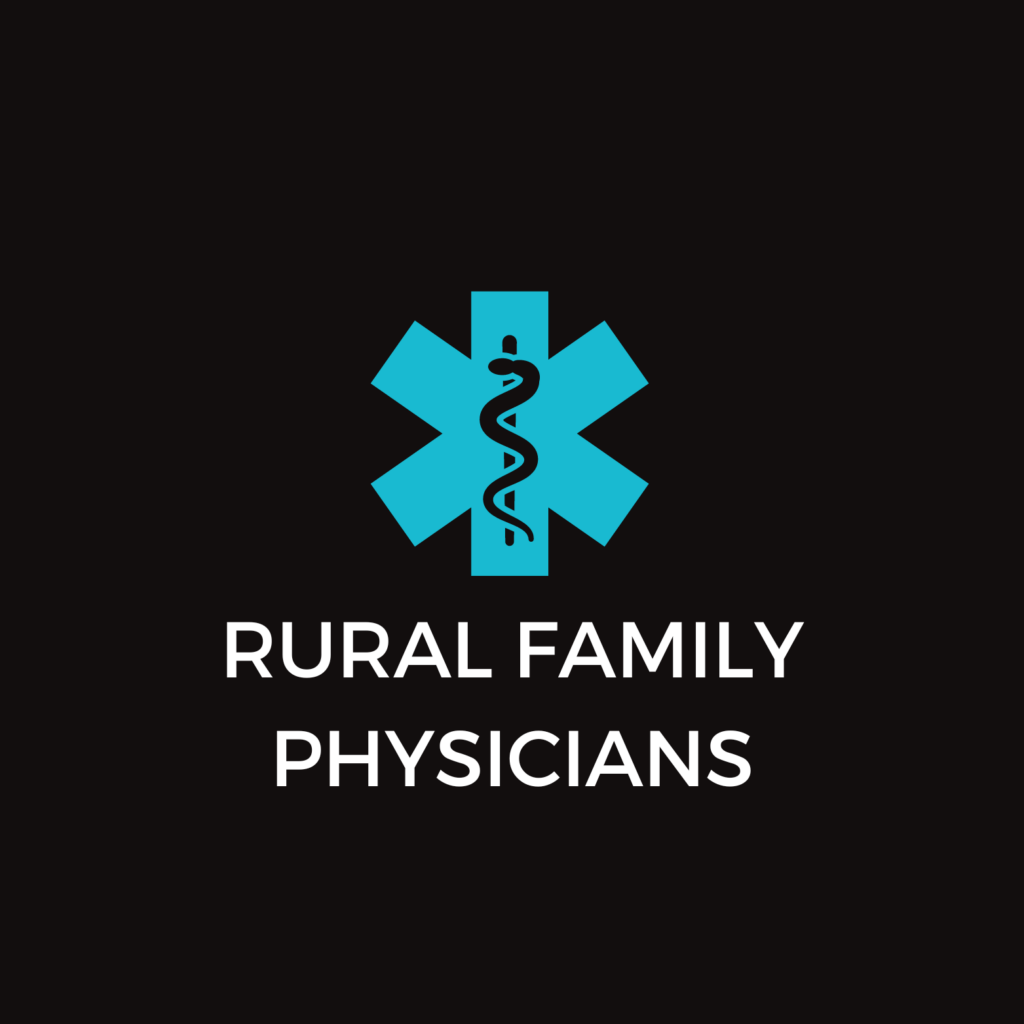CEO Update: It’s Halloween!
 Halloween is a time to remember the joys of childhood, dressing up, trick-or-treating and hanging out with friends. Of course you can’t forget the candy that was the reward. When I was a kid, I thought about how great candy tasted and that eating sugar gave me more energy to run and play. Now of course we understand that sugar does a lot more for your body than give you energy and most of it isn’t good.
Halloween is a time to remember the joys of childhood, dressing up, trick-or-treating and hanging out with friends. Of course you can’t forget the candy that was the reward. When I was a kid, I thought about how great candy tasted and that eating sugar gave me more energy to run and play. Now of course we understand that sugar does a lot more for your body than give you energy and most of it isn’t good.
Sugar is a contributor to obesity and diabetes, which have both been on the rise in the US and Colorado as well. According to the state, while Colorado is still one of the leanest states, the adult prevalence of diagnosed diabetes increased 55%, from 4.7% in 2003 to 7.3% in 2014”. In rural Colorado, approximately 21% of adults are considered obese with the highest rural county coming in at 28%. There are differences between the eastern plains at 25% and some mountain areas at 12%. In 2016, nearly 1 in 4 children (22.3%) in Colorado were overweight or obese, which equates to about 145,500 children ages 5 – 14 years. Obesity often leads to other health conditions such as the estimated 84 million Americans that have prediabetes and are at risk for developing type 2 diabetes. Of those, 90% of them don’t know they have it. Over 7% of adult rural Coloradans have diabetes. People with diabetes have healthcare costs that are 2.3 times greater than those without diabetes.
Did you know that the difference of the median household income in rural areas is 34.7% lower than in urban areas? Did you also know that for rural Coloradans aged 0-17, 23% live below the 2014 Federal Poverty level of $23,850 per four person family, compared to the state average of 16%? Furthermore, access to healthy food in rural communities is difficult. According to the Robert Wood Johnson Foundation, County Health Rankings, food insecurity in rural Colorado is 12% compared to 11% in urban (the percentage of the population who did not have access to a reliable source of food during the past year). Limited access to healthy foods in rural Colorado is 10% compared to 6% in urban (the percentage of the population that is low income and does not live close to a grocery store). The food environment index in rural Colorado is 7.7 compared to 8.2 in urban meaning rural has a poorer food environment index score (index ranges from 0 (worst) to 10 (best).
Of the rural communities that have conducted Community Health Needs Assessments, obesity and chronic disease are among community concerns. Rural Colorado communities are taking charge and causing change related to these health conditions. One of the ways they are causing change is through participation in CRHC’s Improving Communication and Readmission Program (iCARE). Data from the hospitals and clinics participating in iCARE are showing:
- 70% high blood pressure control
- 4% HbAc poor control (55% state average)
- 82% HbA1c testing (84% state average)
- 3% readmission rate (35% decrease since 2013)
- 41% inappropriate ED Utilization
In addition to these quality measures, over 70% of iCARE communities have an active Patient Family Advisory Council (PFAC), which is a small group of patients, families and hospital employees that meet regularly to inform quality care. Through the PFAC, patient and family points of view on service delivery and quality improvement efforts are integrated into the health system. Together, rural communities in Colorado are making a difference to improve quality, meet community expectations, and reduce the cost of care (also known as the Triple Aim). If you are interested in learning more or getting involved, reach out and see our infograph and white papers on CRHC’s website.







